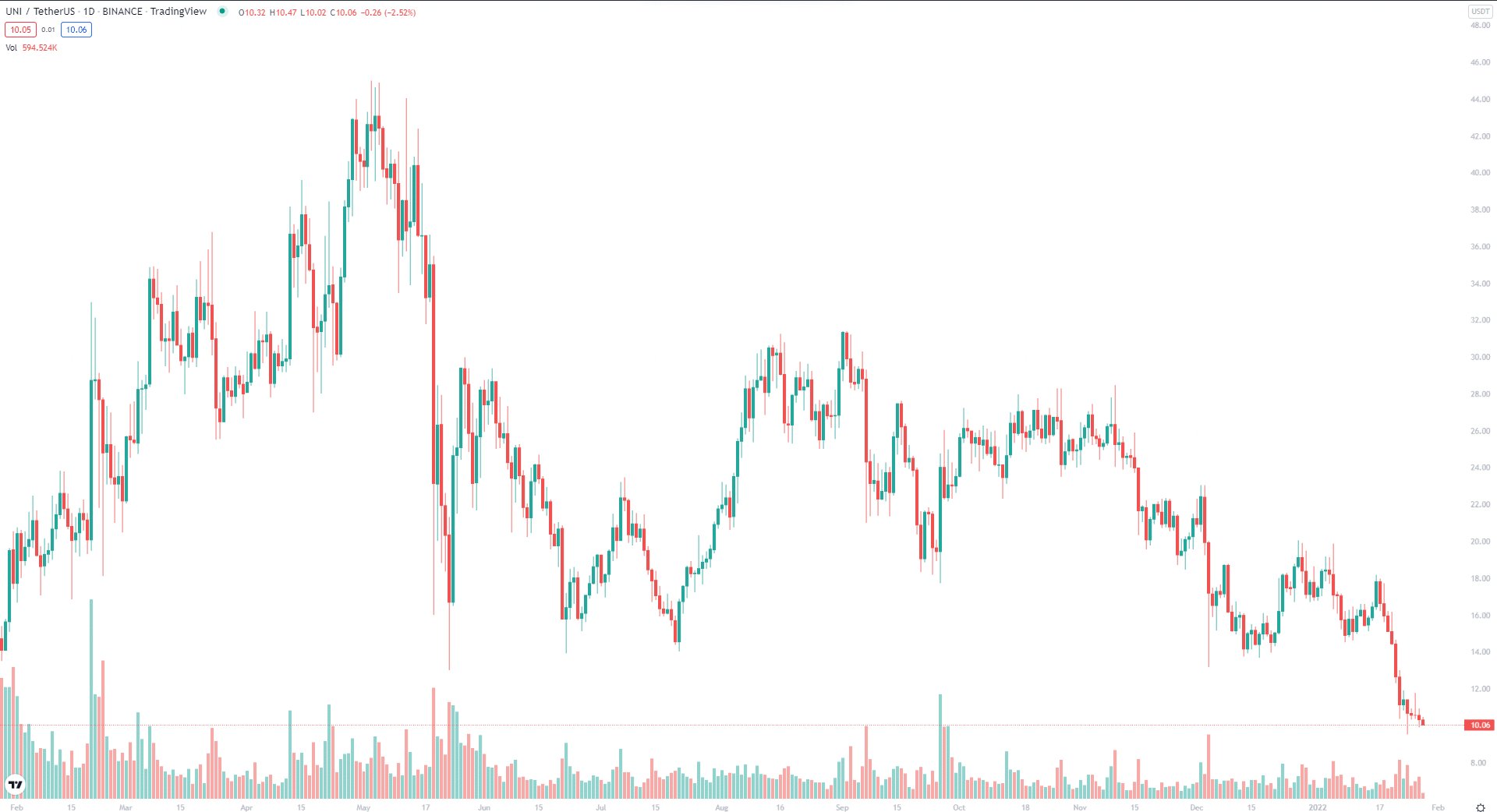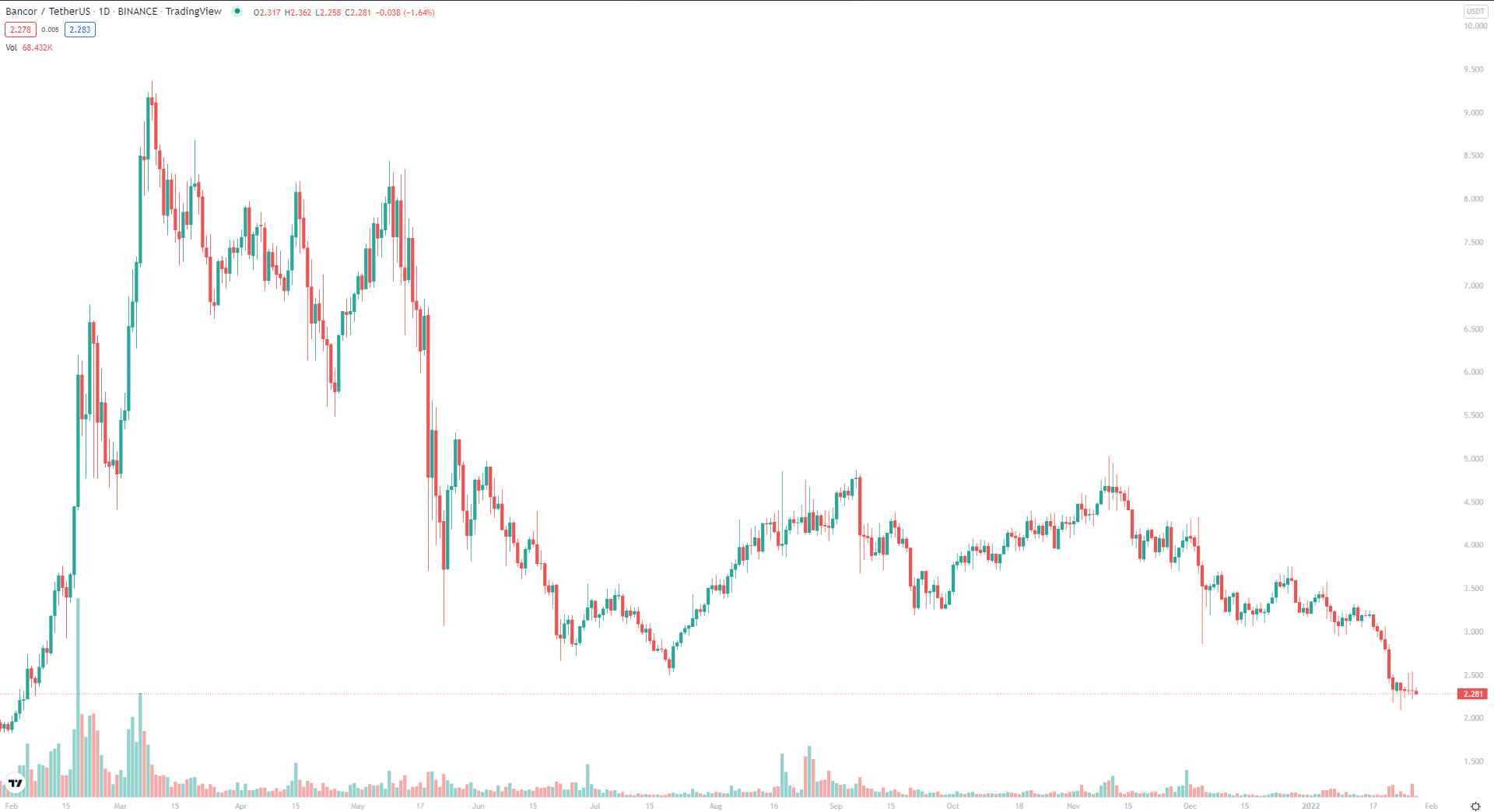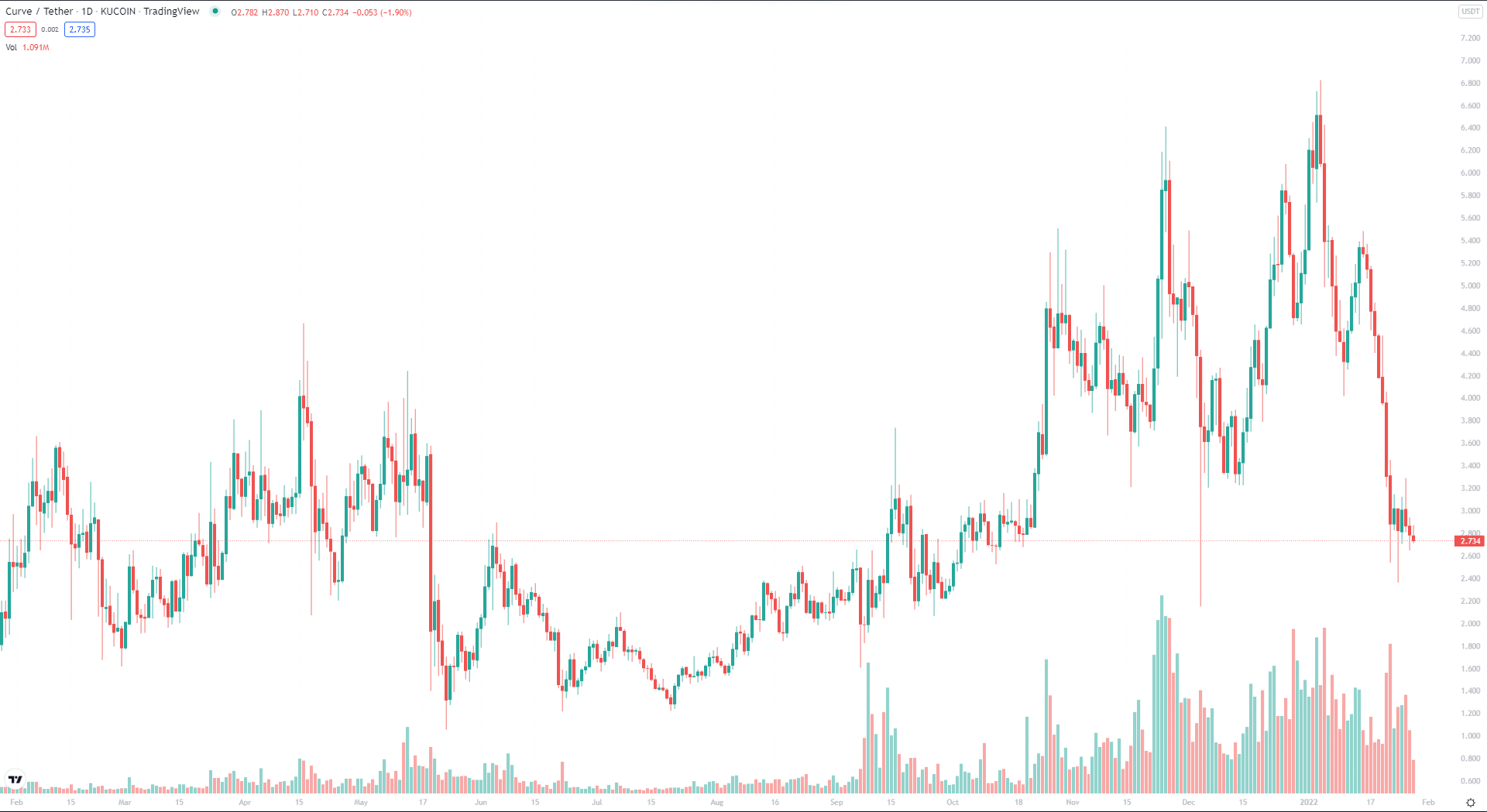Decentralized finance has piqued global interest due to its potential for financial revolution. As a result, there has been an increase in the popularity of DEXs, or decentralized exchanges, based on the Ethereum blockchain, for exchanging crypto tokens. More than $100 billion worth of bitcoin stays locked up in DeFi systems in less than a year.
Uniswap is now the most successful decentralized exchange, with more than $9 billion in crypto assets as liquidity stakes. What is the significance of DeFi’s liquidity? How well are you familiar with a “liquidity provider token” concept?
These questions are self-evident to anybody interested in understanding more about DeFi’s practical applications. Let’s discuss an in-depth description of how liquidity providers tokens, known as LP tokens.
How do LP tokens work?
Many currencies are needed to support individual transactions in a decentralized currency market, which requires enormous reserves. Users build these reserves by supplying liquidity in return for a portion of the exchange’s transaction charges, typically 1% of each trade’s total value.
Users who place their money in these reserves are liquidity providers (or liquidity pools). Liquidity providers (LPs) will get a token as a receipt for their deposits, and they may choose how much or how little of an asset to contribute to the pool. At any time, you may redeem LP tokens for the initial monies put by liquidity providers, indicating their ownership of a specific portion of a pool.
Each transaction in the pool incurs a small fee, which goes directly to liquidity providers. The transaction fees boost the pool’s size and value, likewise credited to the LP token. These expenses are calculated depending on the number of transactions and the length of time a position remains open. For long-term holders of LP tokens in high-volume pools, the return on investment might be substantial.
Since LP tokens are essentially derivative assets, the value of the underlying token represents the asset price. Liquidity provision in volatile asset pools poses the danger of temporary loss, despite LP tokens representing equivalent assets being relatively stable in general. You may stake the LP tokens to produce a high annual percentage yield (APY) since several organizations, such as Stake DAO are constructing new financial products on top of AMMs. Protocols utilize yield farming as an incentive mechanism to motivate users to keep their native assets liquid.
What are liquidity pools and a liquidity provider?
Decentralized exchanges and automated lending platforms to encourage decentralized and egalitarian business structures fuel DeFi. “Liquidity,” which refers to the ease with which one asset gets converted to another, is fundamental to the success of DEX systems.
DeFi systems often use incentives to entice liquidity providers (LPs) to join when there are no centralized market makers. Several DeFi protocols have begun issuing multifunctional LP tokens to encourage users to provide the platform with readily available crypto assets, helping to relieve the liquidity crisis in the crypto market.
A DeFi platform’s liquidity pool typically rewards with LP tokens in return for cryptocurrencies such as ETH. As long as an LP token remains as collateral, the token owner keeps full ownership of their staked coins, which are lent entirely to the platform’s protocol. LP tokens must be burned to recoup the original crypto assets and any earned commissions from trading fees or loan interest if a liquidity provider desires to restore their liquidity. Automated market makers may also be set up using LP tokens, letting users retain control of their assets and redeem them at any time. LP tokens issued on various platforms may be used for various uses.
How to start?
Providers must add both tokens from the pool pair to acquire LP tokens. For example, to get a Cake-Usdt LP token, one must contribute equal Cake and USDT to the pool. The conversion rates for both tokens help to estimate the number of tokens you should give to the pool using that information. You must have both tokens in your wallet before you may get LP tokens. If you don’t already have both tokens, you may use the exchange function or transfer them from your existing exchange.
Uniswap (UNI)

52-week range: $13.09-$44.97
1-year price change: the UNI may attempt to reach around $70 in 1 year.
Forecast 2022: $15.36-$57.77
Uniswap is a decentralized ERC-20 token exchange that supports equal amounts of Ethereum and ERC-20 token contracts. You may use it to decentrally trade ETH for any other ERC-20 token. For free, anybody may start a new liquidity pool for any currency by creating an exchange pair on an open-source exchange.
In contrast, liquidity providers divide a 0.3 percent exchange charge collected from swappers. Depositing crypto in exchange for Uniswap tokens is the same as supplying liquidity in other liquidity pools.
Bancor (BNT)

52-week range: 1.6592-9.3308
1-year price change: the BNT may breakout to reach around $4.94 in 1 year.
Forecast 2022: $3.30-$5.92
With the help of centralized liquidity, the Bancor Blockchain runs on Ethereum. Like those employed by Curve and Uniswap, and other algorithms, market-making strategies are used to maintain and alter supply to assure liquidity and the right price for connected tokens. The Bancor relay is the name given to the company’s liquidity pool.
The native token’s reliance on BNT causes liquidity fluctuation, which is why the Bancor stable coin was established. As a result, liquidity between the BNT token, Ethereum, or EOS tokens and the stable currency is now possible (USDB). It employs BNT. As a result, it makes data transfer across blockchains like Ethereum and EOS easier. It costs between 0.1% and 0.5% to use Bancor instead of Uniswap, which charges a flat rate for every transaction.
Curve (CRV)

52-week range: $1.0673-$6.7431
1-year price change: The CRV may accumulate buying to hit around $6.26 in one year.
Forecast 2022: $4.22-$4.78
When using the AMM Curve, liquidity providers obtain a token-specific LP token instead of the token tied to a trading pair. The Compound DeFi network users may earn interest on their borrowed ETH by exchanging it for an Ethereum-based liquidity token known as “cETH.”
To generate passive income and CRV (Curve’s governance token), Curve users may invest their cETH in other liquidity pools. It also allows Curve’s crypto liquidity providers to withdraw their ETH and interest from Compound. Users may reap additional benefits and profits from their initial investment by utilizing these LP tokens.
Pros & cons
Let’s look at the upsides and downsides of liquidity pools and token providers.
| Pros | Cons |
| Liquidity pools provide the benefit of not requiring a buyer and seller to agree to swap two assets for a defined price instead of relying on a pre-funded liquidity pool. As a result, even the most illiquid trading pairs may be traded with little slippage if a big enough liquidity pool exists. | Your assets in the pools are protected by a Smart Contract since there are no third parties in Decentralized Finance. However, your financial situation may be adversely affected if anything goes wrong. |
| They also provide you the opportunity to become a liquidity provider and earn transaction fees from your bitcoin holdings. | The AMM may reduce the value of your assets. |
| For traders who want to use decentralized exchanges, liquidity pools provide a near-constant source of liquidity. | If a significant transaction occurs suddenly, the pricing algorithm may cause slippage in smaller pools. |
Final thoughts
Decentralized exchanges like Uniswap and Balancer, which rely on decentralized liquidity providers, are at the heart of the emerging DeFi ecosystem. In these exchanges or alternative DeFi solutions, liquidity providers invest in liquidity pools. In addition, other traders and platform users may do business using liquidity pools.
To exercise their claim on shares, liquidity providers may now utilize the fee claim on transactions in the liquidity pool. Because of this, the use of liquidity provider tokens is essential. LP tokens would reflect the amount of money you have contributed to a pool, and transaction fees would be calculated based on this information.




